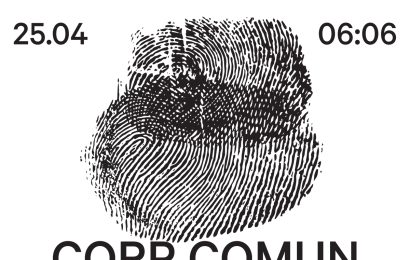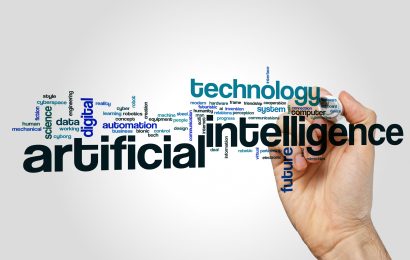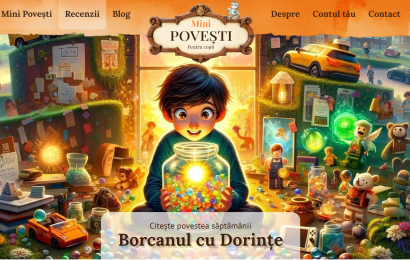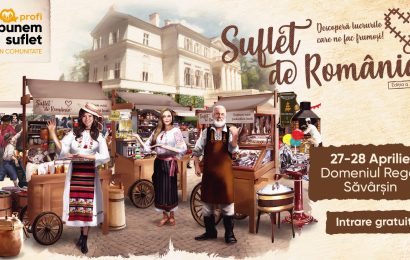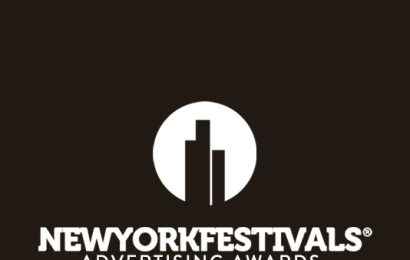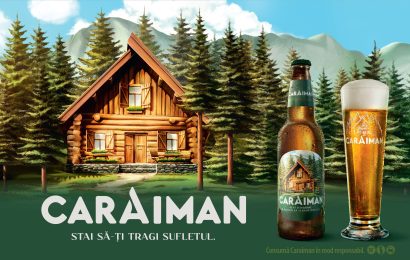CohnandJansen JWT: Gamification is a natural step within the digital strategy
Recently, CohnandJansen JWT came up with a new campaign for Jacobs3in1, a campaign that uses gamification as a way to engage and involve consumers. Gamification is a novelty for the Romanian market and we were curious to find out more on how the entire process.
Andrei Cohn – Managing Partner & Creative Director and Monica Radulescu – Head of Digital gave us more insight over the campaign and how was the work on the project.
Q. How did you decide to associate with Atelierul? Why them? What does this mean for the agency?
Andrei Cohn: Generally, creative departments were relatively slow in assimilating new tech and that is why, over the time, we tried to integrate digital specialists among the creative teams. It was a pretty delicate mission and with a moderate success due to the fundamental differences between “creatives” and “programmers”. This should be considered in a wider sense of the comparison, which can reach to the difference between an advertising agency and a digital one. In the past, we developed many projects with internal or external programmers and the communication seemed, many times, like a bicycle with square wheels. Most of the digital partners are, in a weird way, dissociating from the creative side of things and isolate themselves into an occult know-how of coding.
I don’t know how they managed, but people from Atelierul have passion for the entire process and therefore become an excellent partner in creating ideas.
They organically integrated in agency’s workflow, from brief to brainstormings and, in the end, in presentations.
Today, through this partnership with them, our teams are more complex and aren’t just shyly testing the digital under the continuous spectrum of “it is or it isn’t possible?”. The verification is made in real time with the person in front of you. Creativity has a lot to gain and, not the last, we avoid frustrations like “what I proposed cannot be done exactly like that”
They are involved in all agency’s projects, if they include a digital components and, as I’ve said, participating from the very start in the projects, everything starts to include this component
Q. Was it hard to convince the client? How did the proposal / creative idea come?
Monica Radulescu : The idea to create a game came during an entire process of feedbacks. We had earlier versions of an online app, which had gamified elements, but wasn’t exactly a game. The client was great; they actually pushed us in this direction wanting even more gamification: more tasks, more leaderboards, and point based systems. In this entire process, we came up together with the idea of creating a game, so there wasn’t any real need for convincing the client.
Q. Why it was the perfect solution for this project?
M.R. Why did we chose a game for the main platform? Because our objective was to create a loyalty program. We needed a mechanism through which we could keep the users connected for a longer period of time and, of course, through which we could determine them to buy more frequent Jacobs 3in1.
A regular draw promotion would get their interest only on for a short-term period. They would have entered the promotion, but that doesn’t mean they would have come back and introduce the 5th or the 10th code. We also knew that the games can become addictive and may generate competition between the users. That is the reason why a game that can be played through the energy generated by the repetead introduction of codes was indeed the perfect solution.
Q.How does gamification mix in Jacobs 3 in 1’ whole strategy for digital campaign? What about its integration within the entire brand strategy?
M.R. Well, gamification, or rather yet, gamevertising (because we are talking of a full blown online game) was a natural step in Jacobs 3in1’s digital strategy. Last year we used office games as a main concept in our Work hard, relax hard platform. We taught our consumers how to get creative and have fun, even in their office breaks. On our Facebook platform, we offered them classes – office games – and we gave them homework – user generated content. Now, it was time to involve them in a complex, online game where they could channel their passions and win a real paycheck for a year.
Q. What are the set objectives?
M.R. On a business level, we want to increase consumption frequency. To determine as many consumers as possible to buy that extra coffee stick in order to fuel up their game.
On a personal level, we would like that the game would become addictive. To challenge users to check their status everyday, see if a new task is up and whether their place in our leader-board has changed.

